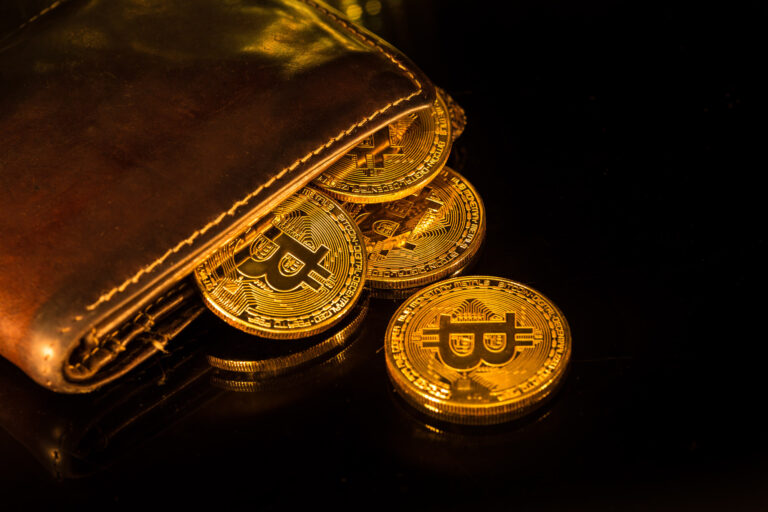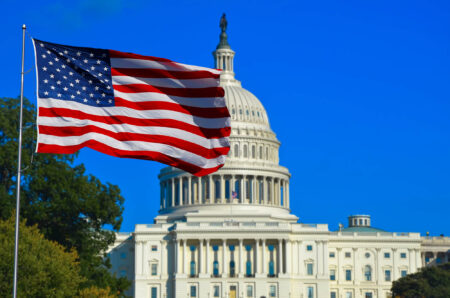At the Fourth G20 Finance Ministers and Central Bank Governors meeting, authorities called for more oversight on stablecoins and measures to ensure compliance. The meeting follows many government’s calls for more regulation for the niche.
Lawmakers, speaking at the Fourth G20 Finance Ministers and Central Bank Governors meeting, said that stablecoins should not be allowed to operate until all relevant concerns are addressed. The meeting, which was held on Wednesday, spoke of legal, regulatory, and oversight requirements for the stablecoin niche.
Goals for the coming years
The meeting saw finance ministers and central bank governors speak on a wide variety of issues, including the effects of the COVID-19 pandemic and the rise of new technologies for cross-border payments. It also acknowledges the targets set by the Financial Stability Board (FSB) for the solution of cost, speed, and transparency challenges in the sector, aimed to be implemented by 2027.
The report labels stablecoins as "not so global stablecoins" that require the aforementioned legal, regulatory, and oversight requirements that must meet applicable standards. It asks relevant authorities to make adjustments to meet these standards, which will then inform the FSB in its upcoming recommendation guideline, due in 2023.
More generally, the meeting called for standards to be set for digital assets and related service providers, which is something that several governments are currently looking into. The Financial Action Task Force (FATF), which has talked about money laundering and terrorism financing concerns, will be at the center of this deliberation. The results of a survey published by the FSB earlier also suggested that stablecoins had not reached an appreciable level of use for mainstream payments. Still, that does not stop them from wishing to nip the supposed problem in the bud.
Lawmakers have laser targets set on stablecoins
Stablecoins have emerged as one of the top concerns for governments. Regulators have discussed this at a global level as well as on an individual governmental level. One of the primary concerns regarding stablecoins is the head start that it has on central bank digital currencies (CBDCs), which will likely take years to reach global adoption. Among the many countries that have begun examining oversight measures for stablecoins is the United States. The U.S. Treasury is reportedly working on stablecoin regulation, even before there is a definitive word on regulation related to the market as a whole.
Setting regulation for the entire crypto market is challenging and may require a coordinated international effort. But authorities are keen on eliminating the threat that stablecoins pose to national currencies as quickly as possible, hence the sudden focus on the niche. Stablecoin regulation worldwide is currently piecemeal, but that is quickly changing.








